Lunigiana Vacation Rental
Holiday in Lunigiana Villas and Apartments
Vacation Rental in Lunigiana
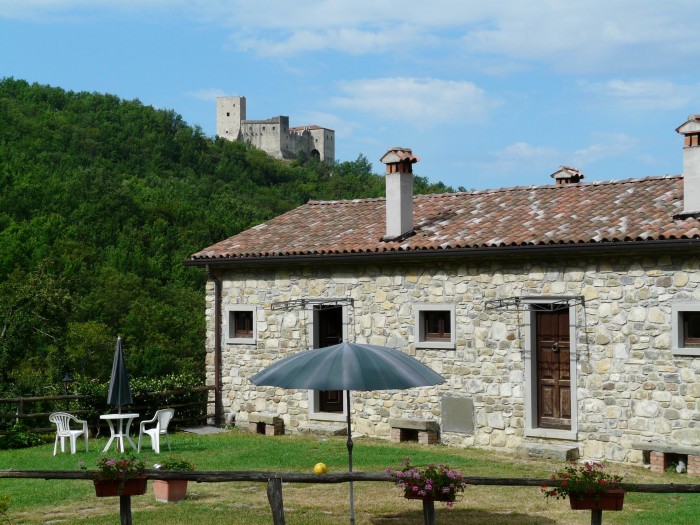
Gragnola - RIF. S56
Accommodation Type: Bed and BreakfastArea: Lunigiana Position: Countryside
Province : Massa Carrara
This holiday accommodation in Tuscany is located in the heart of Lunigiana, an area in the north, rich in history and uncontaminated nature and is an ideal place for a relaxing holiday. Originally belonging to the noble family of the Tognolis, one can find their coat of arms painted above the fireplace of the bedroom. The B&B consists of two old stone buildings which lodge the bedrooms
[Continues..]
Accommodations
| Apartments | Sleeps | Bedrooms | Bathroom | A/C | Balcony | Pet friendly | Internet | Prices From | ||||
| A129 | 2 | 1 | - |  |
 |
- | € | 44 | Daily | +Details | ||
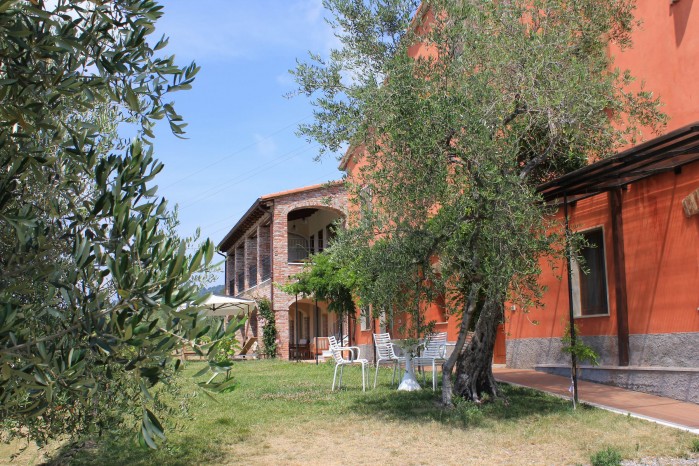
Fosdinovo - RIF. S204
Accommodation Type: Holiday FarmhouseArea: Lunigiana Position: Countryside
Province : Massa Carrara
Surrounded by olive groves and vineyards these holiday apartments in Tuscany are on the hills of Lunigiana at 3 km from the beautiful medieval castle of Fosdinovo, once of the Malaspina family. The farmhouse is part of an organic farm and the renovation has followed the same natural principles of the farming, preserving its original structure and details as in the stone and fired brick wall
[Continues..]
Accommodations
| Apartments | Sleeps | Bedrooms | Bathroom | A/C | Balcony | Pet friendly | Internet | Prices From | ||||
| A507 | 4 + 2 | 2 | 1 |  |
 |
 |
 |
€ | 850 | +Details | ||
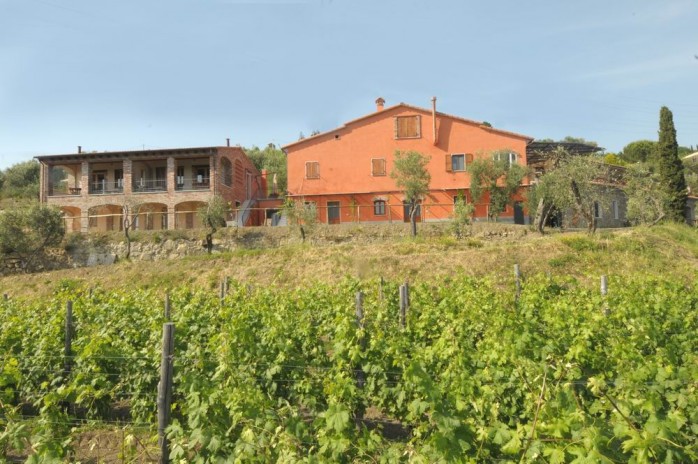
Fosdinovo - RIF. S205
Accommodation Type: Bed and BreakfastArea: Lunigiana Position: Countryside
Province : Massa Carrara
Surrounded by olive groves and vineyards this holiday home in Tuscany is on the hills of Lunigiana at 3 km from the beautiful medieval castle of Fosdinovo, once of the Malaspina family. The farmhouse is part of an organic farm and the renovation has followed the same natural principles of the farming, preserving its original structure and details as in the stone and fired brick walls and fl
[Continues..]
Accommodations
| Apartments | Sleeps | Bedrooms | Bathroom | A/C | Balcony | Pet friendly | Internet | Prices From | ||||
| A508 | 2 + 1 | 1 |  |
- |  |
- | € | 30 | Daily | +Details | ||
| A509 | 2 + 2 | 1 |  |
- |  |
- | € | 35 | Daily | +Details | ||
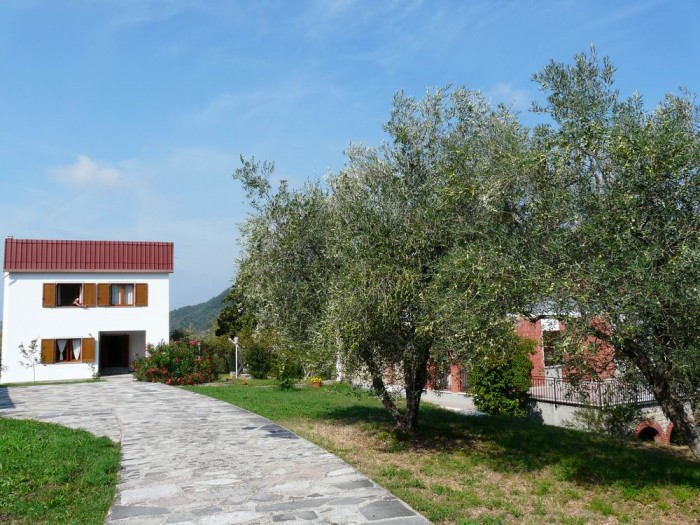
Casola in Lunigiana - RIF. S233
Accommodation Type: VillasArea: Lunigiana Position: Countryside
Province : Massa Carrara
These holiday accommodations in Lunigiana are located near the beautiful hilltop hamlet of Casola in Lunigiana, 40 km north of both Carrara and Massa. Just outside the village, in a quiet and secluded area, the accommodations consist of two detached villas which can be rented separately or together. One villa is on two floors and can comfortably accommodate up to 5 people. The accommodatio
[Continues..]
Accommodations
| Apartments | Sleeps | Bedrooms | Bathroom | A/C | Balcony | Pet friendly | Internet | Prices From | ||||
| A570 | 5 | 3 | 2 | - |  |
- | - | € | Daily | +Details | ||
| A571 | 4 | 2 | 1 | - |  |
 |
- | € | Daily | +Details | ||
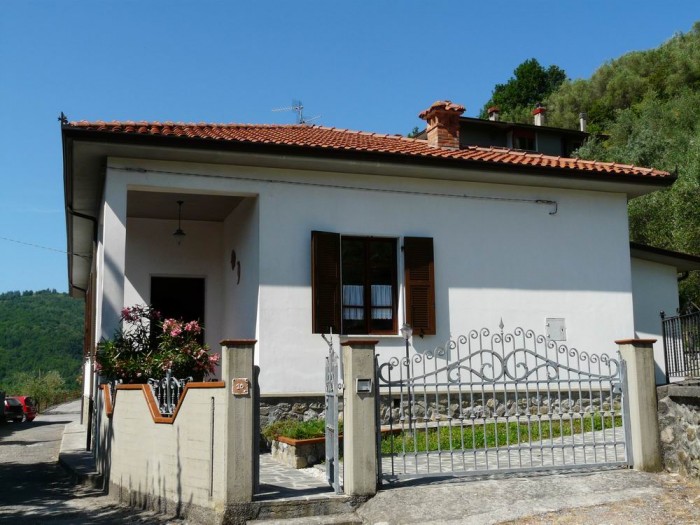
Codiponte - RIF. S242
Accommodation Type: VillasArea: Lunigiana Position: Medieval village
Province : Massa Carrara
This villa in Codiponte is located at 3 km from the beautiful hilltop hamlet of Casola in Lunigiana, a peaceful medieval village with a lovely 8th-century pieve. The villa consists of two independent apartments, of which the holiday flat has a view over the pieve. Recently renovated, this apartment is comfortable and elegantly furnished. On two floors, it consists of a large living room wit
[Continues..]
Accommodations
| Apartments | Sleeps | Bedrooms | Bathroom | A/C | Balcony | Pet friendly | Internet | Prices From | ||||
| A595 | 6 | 3 | 2 | - |  |
- | - | € | 399 | +Details | ||
Pages: (5 results)
Vacation Rental
with services
in Lunigiana
© 2024 copyright Tuscany Holiday Rent S.L. - Calle Gema 4, 41020 Sevilla ,
P.iva ES B90300302
info@tuscanyholidayrent.com
info@tuscanyholidayrent.com









